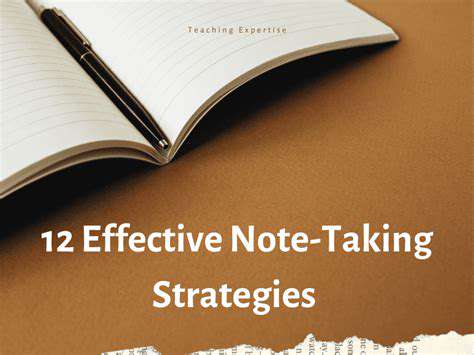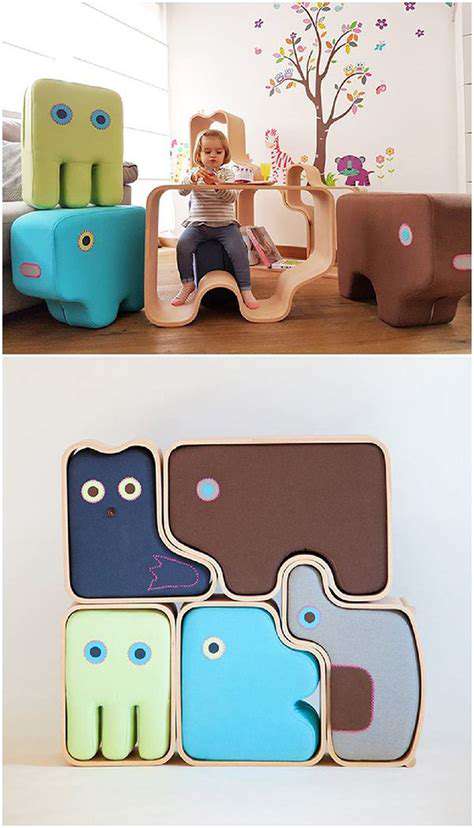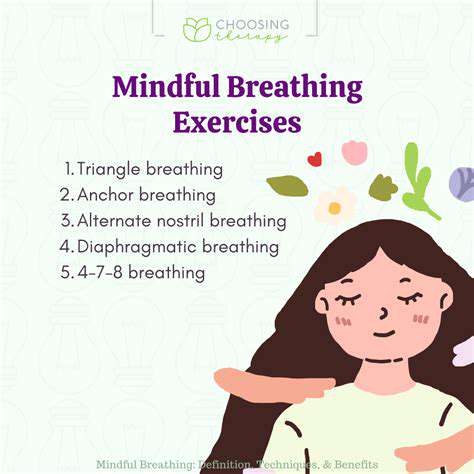Guide to Organizing Your Entryway
Creating a Welcoming and Functional Space
Your entryway is the first thing guests see when they step into your home. A well-organized entryway makes a powerful first impression, creating a sense of order that extends throughout your living space. When this area is free from clutter, you'll find it easier to locate essentials like keys or shoes when rushing out the door.
This transitional space serves as a psychological buffer between the outside world and your personal sanctuary. By keeping it organized, you create a calming ritual of shedding the day's stresses as you cross the threshold into your home.
Identifying and Eliminating Excess
Begin your decluttering process by conducting an honest assessment of what truly belongs in this space. That stack of unread magazines from last summer? Those single gloves missing their mates? If items haven't been used in the past month, they likely don't deserve prime real estate in your entryway.
Ask yourself three critical questions about each item: Does it serve a daily purpose? Is it used weekly? Does it hold irreplaceable sentimental value? Anything failing these tests should be relocated, donated, or discarded.
Strategically Utilizing Storage Solutions
After purging unnecessary items, focus on smart storage solutions that work with your space. Vertical storage options like floating shelves or wall-mounted racks can dramatically increase functionality without consuming precious floor space. For smaller entryways, multi-purpose furniture like storage benches provide both seating and concealed organization.
The most effective storage blends seamlessly with your home's aesthetic. Woven baskets offer rustic charm while sleek metal bins complement modern decor. Choose containers that not only organize but enhance your space visually.
Organizing Shoes and Accessories
Shoe clutter can quickly overwhelm an entryway. Implement a system where frequently worn shoes have designated spots, perhaps on a ventilated rack, while seasonal footwear gets stored elsewhere. For families, assigning color-coded bins or shelves to each member prevents the morning shoe scramble.
Accessories like scarves and hats deserve their own organized home too. A row of sturdy hooks or a wall-mounted organizer with compartments keeps these items accessible yet tidy.
Creating Designated Zones for Keys, Mail, and Wallets
The frustration of misplaced keys vanishes when you establish a consistent home for them. A decorative tray near the door or a wall-mounted key rack creates an obvious landing spot. For mail, implement an immediate sorting system - a wall file with To Read, To File, and To Recycle sections prevents paper piles.
Small personal items like wallets and sunglasses benefit from designated drawers or compartments in an entryway console. This prevents the all-too-common scenario of searching the entire house for essentials when you're already running late.
Incorporating Aesthetic Elements
Functionality shouldn't come at the expense of style. A carefully chosen mirror not only serves practical purposes but makes the space feel larger and brighter. Live plants add vitality and help purify the air, while a stylish rug anchors the space and traps dirt from shoes.
Lighting plays a crucial role too. A well-placed lamp or sconce creates warmth and makes evening arrivals safer. These thoughtful touches transform a utilitarian space into a welcoming introduction to your home.
Maintaining Order
The secret to lasting organization lies in developing simple daily habits. Designate five minutes each evening to reset the space - hang coats, put shoes away, and clear surfaces. Weekly, do a quick audit to prevent clutter creep.
Establish clear household rules, like no leaving bags or packages in the entryway overnight. Consistency in these small actions prevents the need for major reorganizations later.
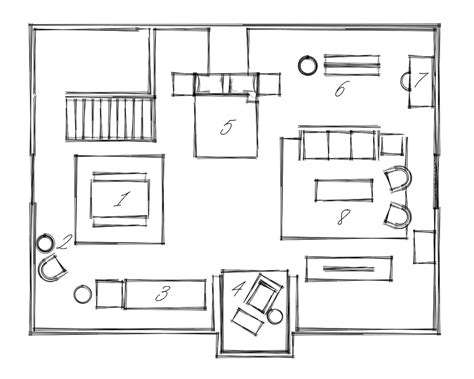
Developing an effective study routine requires understanding your personal productivity patterns. Some people concentrate best in morning hours, while others find evening study sessions more productive. Divide your material into logical sections and assign them to time blocks when you're naturally most alert. Remember to schedule short breaks to maintain mental freshness throughout your study periods.
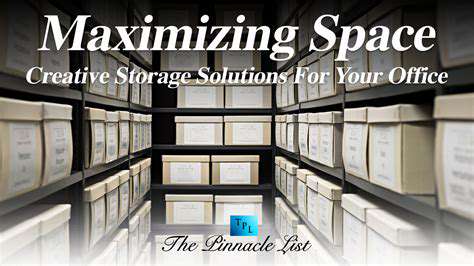
Maintaining Your Organized Entryway
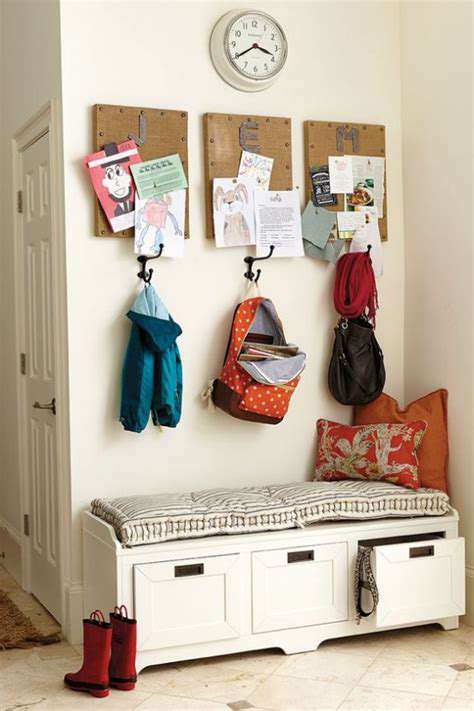
Entryway Organization: The Foundation for a Smooth Home
An orderly entryway does more than impress visitors - it fundamentally changes how you experience your home. Walking into a clutter-free space immediately reduces stress and creates mental clarity. This organized transition zone helps separate work life from home life, allowing you to mentally decompress as you enter.
When this space functions well, it saves precious time during busy mornings and creates a sense of control that positively impacts your entire household routine.
Decluttering Strategies for Maximum Impact
Effective decluttering requires regular reassessment. Set a monthly reminder to evaluate what's accumulated in your entryway. Be ruthless about items that migrate here but belong elsewhere in your home.
Creating specific homes for every category of item prevents the random accumulation that leads to clutter. For example, install a charging station for devices so they don't end up scattered across surfaces.
Choosing the Right Storage Solutions
The best storage solutions address your specific needs. A family with young children might prioritize durable, easy-to-access bins, while a minimalist might prefer hidden storage behind cabinet doors. Measure your space carefully before purchasing any organizational systems.
Multi-functional pieces offer the greatest value in small entryways. A bench with interior storage, a mirror with hidden hooks, or a console table with drawers all provide multiple solutions in one footprint.
Prioritizing Functionality and Style
The most successful entryways marry practicality with personal expression. Your storage solutions should reflect your lifestyle while complementing your home's decor. Choose materials and finishes that are both beautiful and durable enough to withstand daily use.
Don't be afraid to let your personality shine through in this space. A gallery wall of family photos or a collection of vintage hats displayed on hooks can make the area feel uniquely yours while still serving practical purposes.
Maintaining a Consistent Routine
Organization systems only work when used consistently. Develop the habit of dealing with items immediately upon entering your home. Hang your coat instead of draping it over a chair. Place mail directly in its sorting tray rather than setting it down just for now.
These small, immediate actions prevent the overwhelming accumulation that makes organization feel like a chore. Over time, they become automatic behaviors that require no conscious effort.
Addressing Seasonal Changes
Your entryway needs evolve with the seasons. Implement a rotation system for seasonal items - store winter gear in easily accessible places during cold months, then swap it out for sun hats and beach bags when warmer weather arrives.
Keeping only seasonally appropriate items in your entryway prevents overcrowding and makes daily use more efficient. Mark your calendar for seasonal organization reviews to stay ahead of these transitions.
The Power of Visual Appeal
An entryway should delight the senses as well as serve practical needs. The scent of a fresh flower arrangement, the texture of an interesting wall treatment, or the play of light from a decorative fixture all contribute to that welcoming feeling.
This attention to sensory details transforms a purely functional space into one that nourishes you emotionally each time you enter your home.




